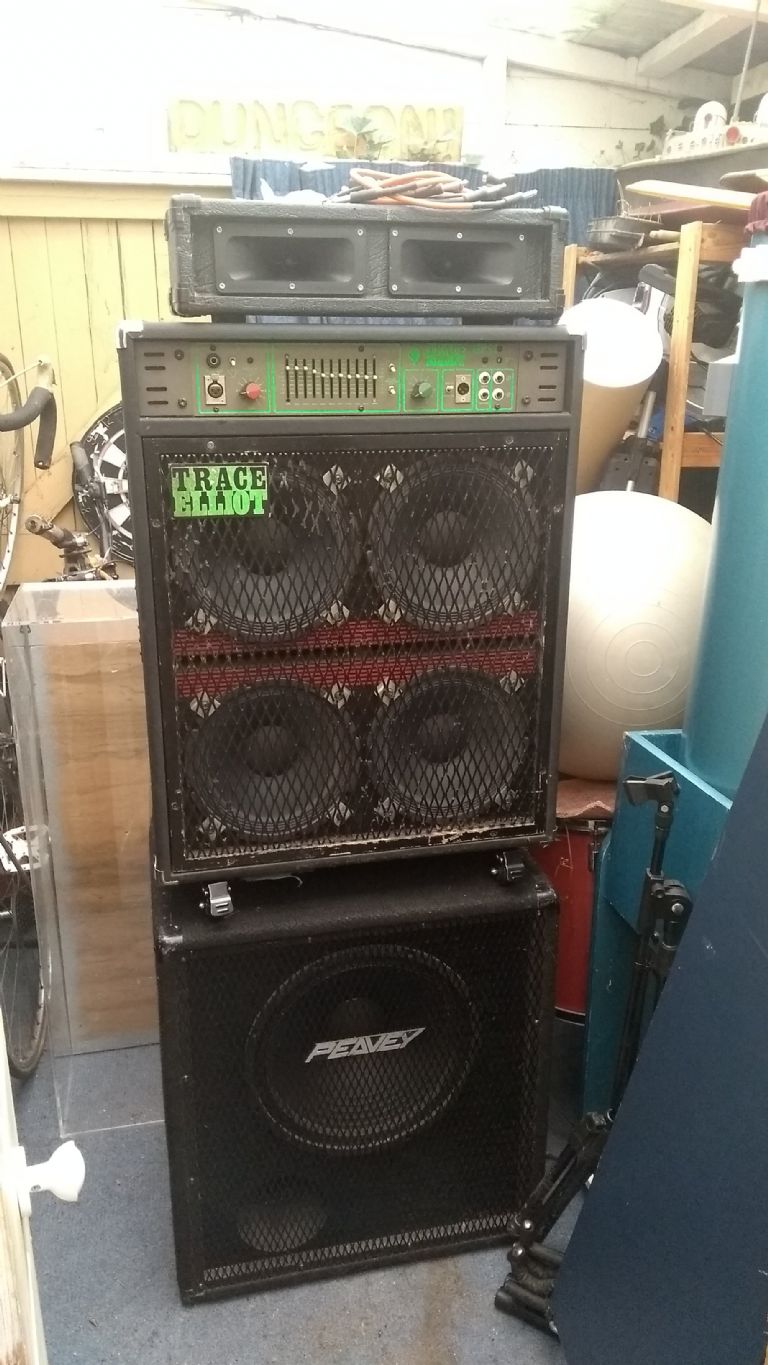Neil,
There are quite a few different types. Apart from the silicon rubber type that come pre cut for the package, there are the mastic types and paste types. Each can have a different thermal particles. Ranging from Diamond dust to Zinc Oxide.
Where you dont need electrical insolation e.g. for a CPU you can just use the mastic pads or paste. The commonest OEM type is a grey mastic, that on the first few thermal cycles softens and squidges out.
The best for us mortals is Silver paste, having said that I would happily use white paste too, just not on my gaming rig where I am trying to dump 120W through 1" sq.
The secret is to have the two surfaces flat and smooth. No scratching the old stuff off with a blade. Then put it on very thinly, just a little to thick for engineers blue.
Danger of silver paste is it can conduct, so be very clean when removing old.
If in doubt Artic is a good brand to buy.
If you need electrical isolation e.g. for a TO3 package, you need to use a solid insulation i.e the rubber (or olden days mica) Depending on the type you may also need to use paste too, I have never used paste on the silicon ones.
After a few thermal cycles if you dont have a sprung loaded clip check the bolts are tight.
Adrian
duncan webster 1.








